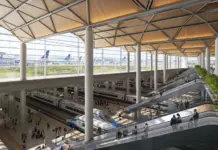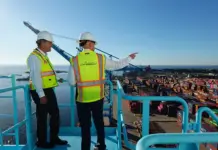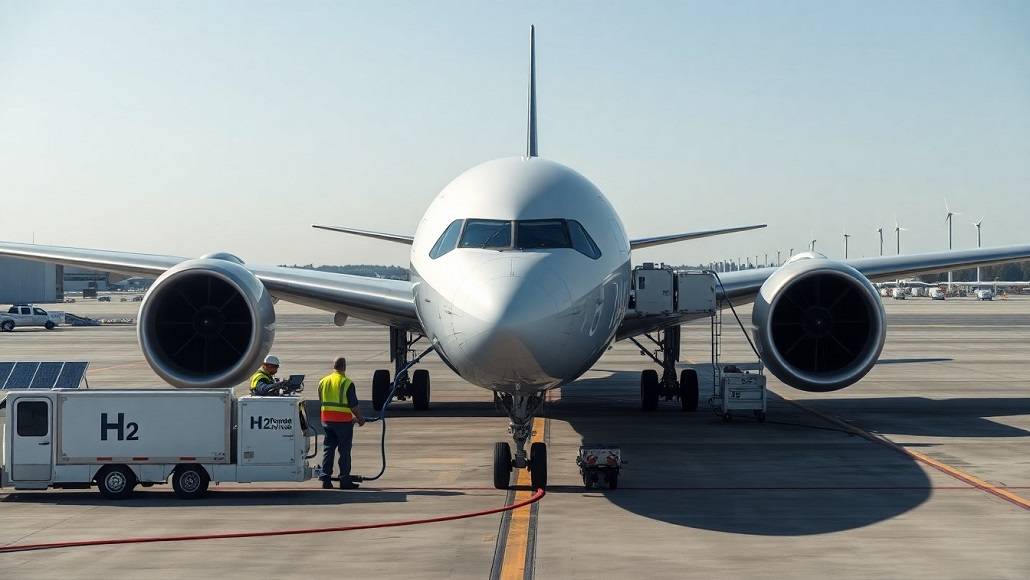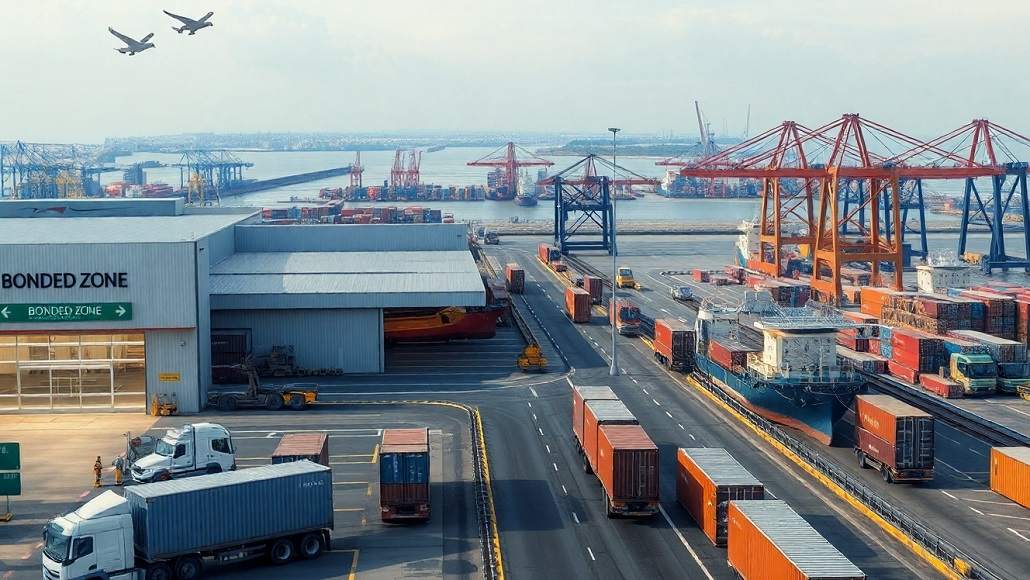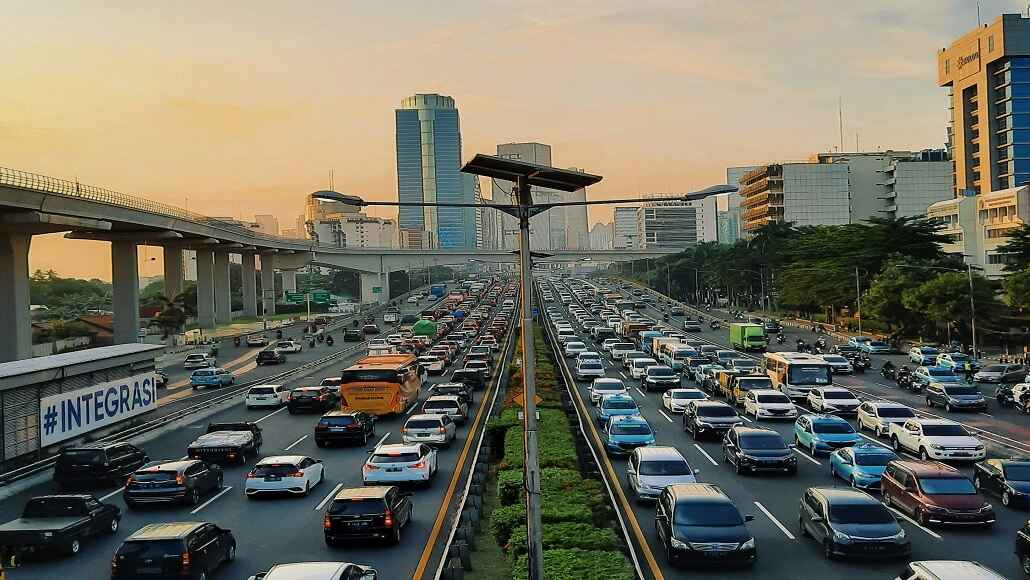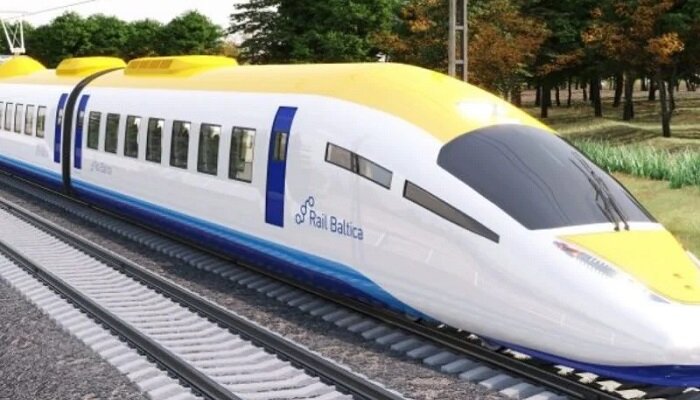China has gone on to fully transition to the usage of artificial intelligence- AI in its operations as well as the maintenance of its rail network. The 45,000-kilometer high-speed rail network happens to be the largest on the planet and is controlled by an AI system based in Beijing.
As per the engineers who are involved in the project, this system goes on to have a high accuracy level of almost 89% and has also gone on to achieve numerous milestones.
The AI system happens to process a large number of data, and that too in real-time, all throughout the country. It also happens to be capable of alerting teams in charge of any kind of maintenance in case of any abnormal situations cropping up, and that too within 40 minutes.
A senior engineer at the infrastructure inspection center of the China State Railway Group, Liu Daoan, went on to note that the system is indeed efficient.
In a paper which happened to be published by the academic journal China Railway, he went on to state that this goes on to help the on-site teams to go ahead as well as conduct re-inspections and repairs as quickly as it can be.
It is well to be noted that China’s high-speed rail happens to be the fastest in the world. It is currently functioning at 350 kilometers per hour and also plans to rise to 400 by 2025. The government plans to go ahead and continue this expansion until it connects all the cities with populations of more than 500,000.
Due to AI, the number of track faults, which happened to be minor in nature, in China’s functional high-speed railway lines will be reduced by 80% in 2023. It is well to be noted that none of these high-speed railway lines went on to receive any kinds of warnings as far as speed reduction because of major track irregularity challenges.
The paper also goes on to note that the amplitude of railway movement, which has been caused due to strong winds, also went on to decrease significantly due to the AI system.
Right China began work on its first high-speed rail line almost 15 years ago, and the enormous challenge that the critics predicted happened to be its maintenance. Critics anticipated the maintenance to be quite burdensome since the wires and rails will eventually go on to age.
Machine intelligence within the railway health maintenance
The AI system happens to be capable of predicting precisely any kind of fault and issuing warnings much before problems arise. Therefore, it has been quite instrumental in the timely maintenance when it comes to such high-speed rail lines. The researchers went on to note that this has indeed kept the rail lines in even better shape as compared to the time when they were first built.
It is well to be noted that the railway network in the US happens to be currently facing the anticipated challenges, as no proper maintenance has gone on to cause quite frequent safety risks. Notably, the number of average derailments has gone beyond 2,800 every year in the last 50 years.
It is worth noting that more than a decade ago, countries such as Germany and Switzerland first went on to recognize the possible usage of AI for rail management. Both of them tried making use of AI so as to improve their rail networks. But the team noted that these railway networks happened to be much smaller compared to those in China.
This went on to lead Chinese railway scientists to go ahead and extensively collect raw data in terms of AI so as to train the system. The researchers went ahead and sourced this data from records pertaining to train body movements, waveform values, rail vibrations, and meteorological records.
The prior maintenance management headquarters could go ahead and issue warnings once a week. But the research team noted that technology had gone on to improve the efficiency of new data analysis by around 85%.
The fact is that now, due to machine intelligence, regular reports happen to be issued daily.
It is well to be noted that in the peer-reviewed paper published by the academic journal China Railway, the issue that the research team predicted happened to be within human power.
Incomes happen to be rising, birth rates are indeed decreasing, and the population happens to be aging. Therefore, the researchers have anticipated a gradual dip in the numbers when it comes to maintenance workers.









